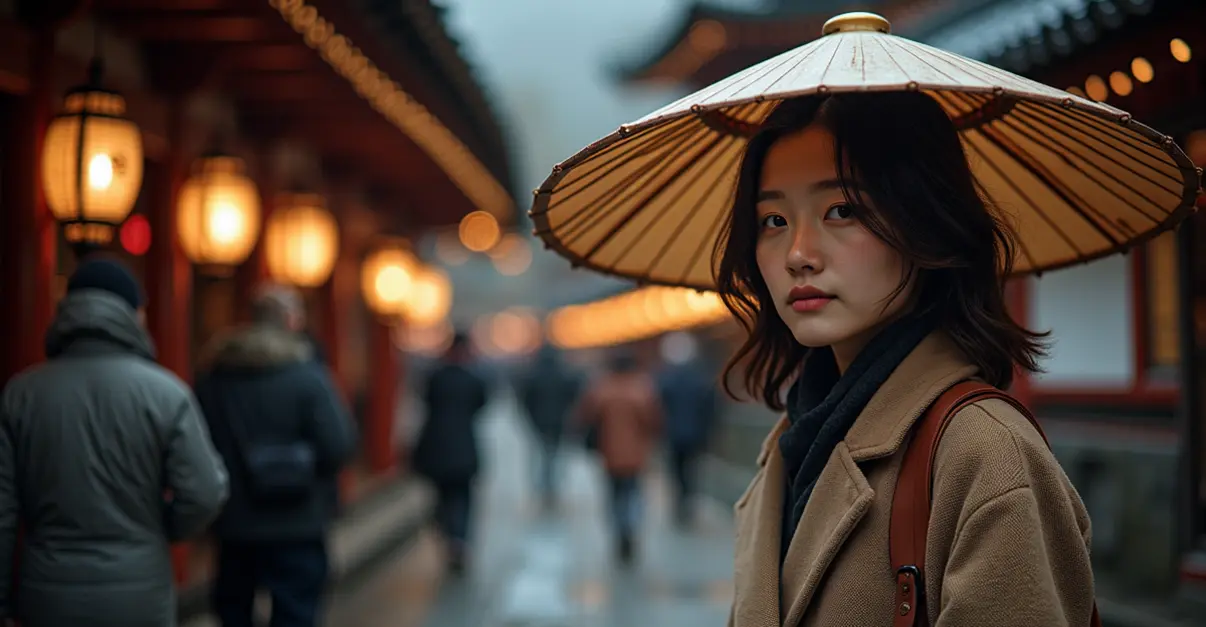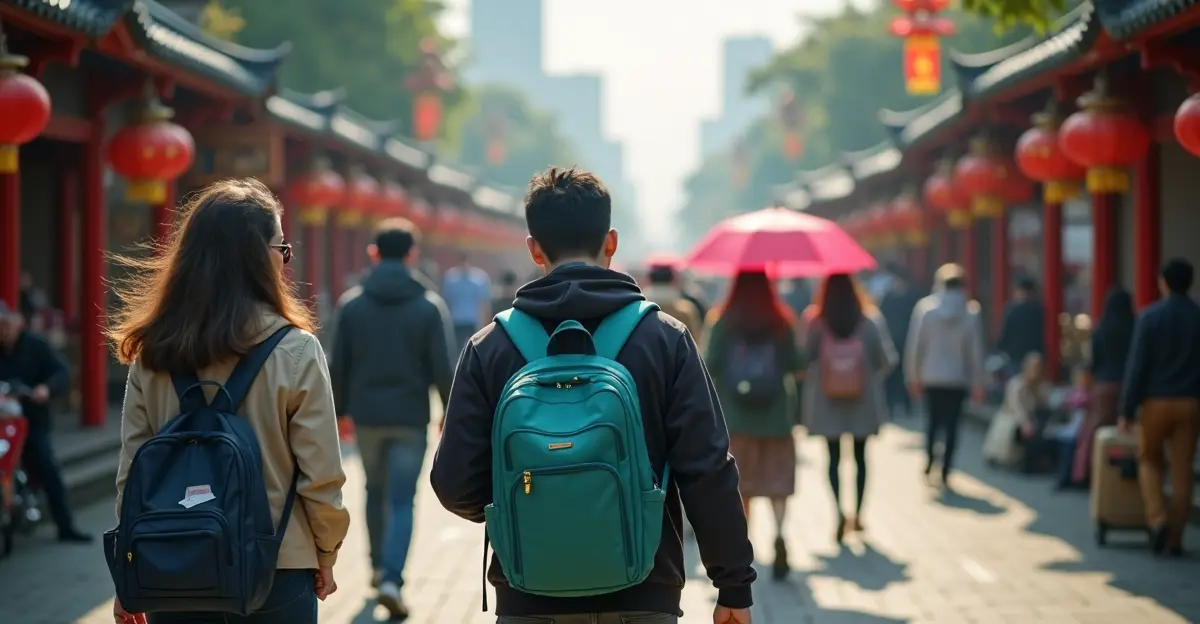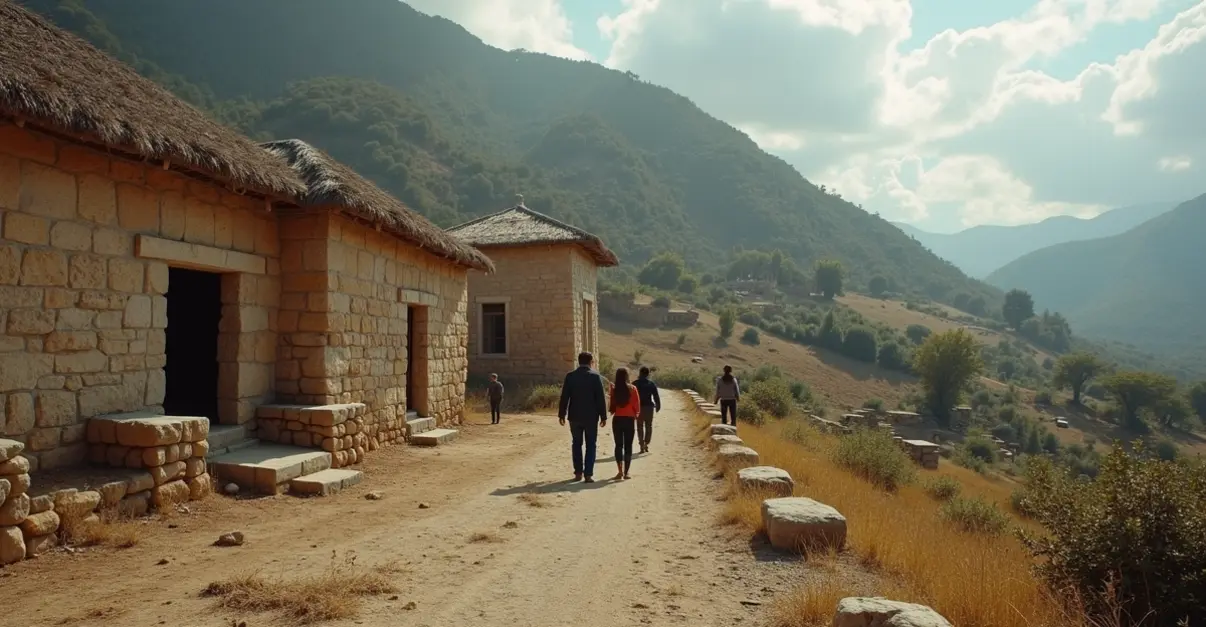Japan combines traditional bamboo flutes with Western clarinets in cultural diplomacy push, seeking UNESCO recognition for 22 new heritage sites amid geopolitical tensions over historical narratives.

Cultural Renaissance in Ancient Temples
In the historic Mii-dera temple in Shiga, the haunting melodies of traditional Japanese bamboo flutes blend seamlessly with the resonant tones of Western clarinets, creating a unique musical fusion that symbolizes Japan's ambitious cultural diplomacy. This innovative concert series represents Tokyo's strategic push to strengthen its international cultural footprint and rebalance global heritage recognition beyond traditional Western dominance.
UNESCO Recognition and Economic Impact
The Mii-dera temple complex houses 9th-century documents from monk Enchin, included in UNESCO's Memory of World Register since 2013. Head monk Toshihiko Fuke emphasizes their significance: 'Our temple possesses documents that are not only nationally important but internationally unique. There exists no other example like this.' UNESCO recognition brings more than cultural prestige—it generates substantial economic benefits through increased tourism. Heritage sites with UNESCO designation attract millions of visitors annually, creating significant revenue streams for local communities.
Geopolitical Dimensions of Heritage
The UNESCO World Heritage program, established in 1972, has grown from 12 initial sites to over 1,200 locations worldwide, plus 788 intangible heritage recognitions and 570 documentary collections. For decades, Europe and North America dominated the list, controlling more than half of all designations until after 2010. Asia's share has grown significantly, with China leading at 57 sites, South Korea at 16, and Japan expanding from 5 locations in 1994 to 26 today.
This growth hasn't been without controversy. Japan's nomination of Sado gold mines last year sparked protests from South Korea over wartime forced labor issues. Similarly, China's documentation of the Nanking Massacre and South Korea's 'comfort women' archives have created diplomatic tensions, transforming UNESCO into a political arena for historical narrative disputes.
Musical Diplomacy and Cultural Exchange
Concert organizer Makoto Yoshida, who lives and works in Brussels, sees music as the ultimate bridge between cultures: 'Every time I returned to Japan, I began appreciating the beauty of my own culture more—the seasons, the buildings, details I never noticed before.' His deliberate combination of clarinet and bamboo flute demonstrates cultural equality rather than dominance. 'Whatever instruments you choose, when two tones sound, they always resonate with each other. That purest sound works the same everywhere.'
Japan is preparing 22 new heritage site nominations for next year, continuing its strategic expansion of cultural influence through both traditional preservation and innovative fusion projects that celebrate cultural diversity while asserting national identity on the global stage.

 Nederlands
Nederlands
 English
English
 Français
Français
 Deutsch
Deutsch
 Español
Español
 Português
Português









